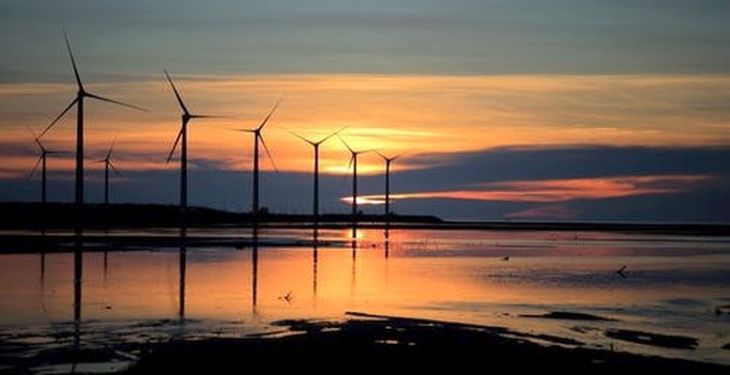North, Central and South America installed 11.9 gigawatts (GW) of wind power capacity in 2018, according to new data from the Global Wind Energy Council (GWEC).
This represents an increase of 12 percent compared to 2017, with total installed wind capacity for the Americas now standing at 135 GW.
Breaking the figures down, North America saw new capacity additions increase by 10.8 percent, while in Latin America growth was 18.7 percent. Brazil added 2GW of capacity, while Mexico installed nearly 1 GW.
According to the U.S. Department of Energy, the U.S. is “home to one of the largest and fastest-growing wind markets in the world.” The GWEC’s CEO, Ben Backwell, described the North American wind market as “one of the most mature and competitive in the wind industry.” He added that the development of Latin America’s wind market was “very positive too.”
Looking forward, the GWEC said that the Americas were set to see 60 GW of new capacity added between 2019 and 2023, according to CNBC.
Other parts of the world are also set to expand their wind power sectors. In September 2018, for example, industry body WindEurope said that the European wind energy sector was set for “solid growth” over the next five years.
Wind energy capacity on the continent will grow at an average of 17.4 gigawatts (GW) per year, according to the body’s “Wind Energy Outlook in Europe” report. By 2022, Europe could have more than 250 GW of installed capacity, with most of the new installations coming in the onshore sector, it said.
Wind turbines, larger than 4 megawatts (MW) in the onshore sector and 8 MW in the offshore sector, will become “the new norm” and help to push growth.
